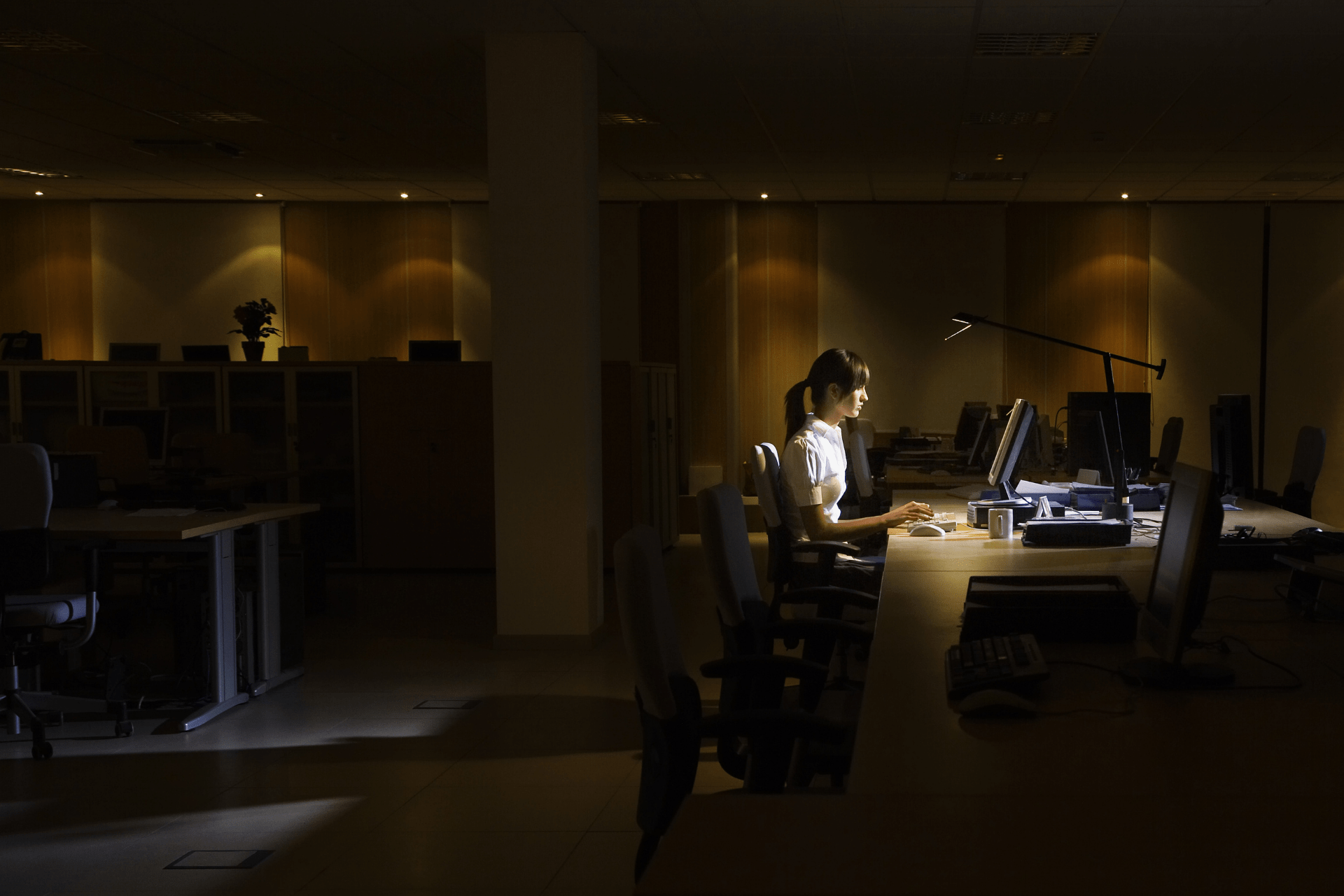In 2018, there were an estimated 8 million lone workers in the UK and with working from home on the rise this number will continue to increase. Defined by the Health and Safety Executive, “lone workers are those who work by themselves without close or direct supervision.”
From working late in the office to being a utility worker, there are many professions where someone might find themselves working alone, faced by many risks. Being in an isolated environment could increase the effects these risks can have on the worker and the organisation. Carefully considering and mitigating potential health and safety risks is a legal and moral obligation.
To better protect your isolated employees, several precautions can be taken:
- Risk Assessments
- Policy and procedure gap analysis
- Health and safety training
- Travel risk training, if employees are travelling alone
- A pre-agreed method of communication, with a check-in schedule if suitable
Whether your employee is working alone in the office, out in the field or travelling, using a personal safety smartphone app can support them while isolated, without the need for extra devices. This ensures your employees are safeguarded with access to alerts and able to communicate with experienced responders, with location monitoring via GPS also available.
There are many factors to consider that affect the safety of lone workers:
 The Worker The WorkerIs the lone worker fully trained in their role? Do they have any experience working alone? Are there any reasons why the worker may be vulnerable, such as pregnant or have any health conditions? |
 The Task The TaskIs the task appropriate for an individual to carry out by themselves? At what time of the day is the task being carried out and would it be safer at another time? Does the task involve manual handling? |
 The Environment The EnvironmentHas a risk assessment been carried out for the location? What else is happening in the environment at the same time the worker is carrying out the task? |
 Other People Other PeopleAre there non-employees around the lone worker? Does the task involve possible confrontation? 2019/20 statistics from Crime Survey for England and Wales (CSEW) indicate 688,000 employees experienced violence at work. |
 Mental Health Mental HealthLone workers are more susceptible to mental health issues when isolated from colleagues, such as anxiety, loneliness and depression. Do you have policies in place to support them and react if these issues affect their role? |
In 2019/20, Labour Force Survey (LFS) identified 828,000 workers who suffered from work-related stress, depression or anxiety.
This isn’t an exhaustive list of influencing factors but it’s a great place to start. At Securewest, we have been safeguarding people, assets and reputations for over 30 years so we have the knowledge and expertise to support you through this process. Contact us today for a custom solution that covers your duty of care obligations: sales@securewest.com
